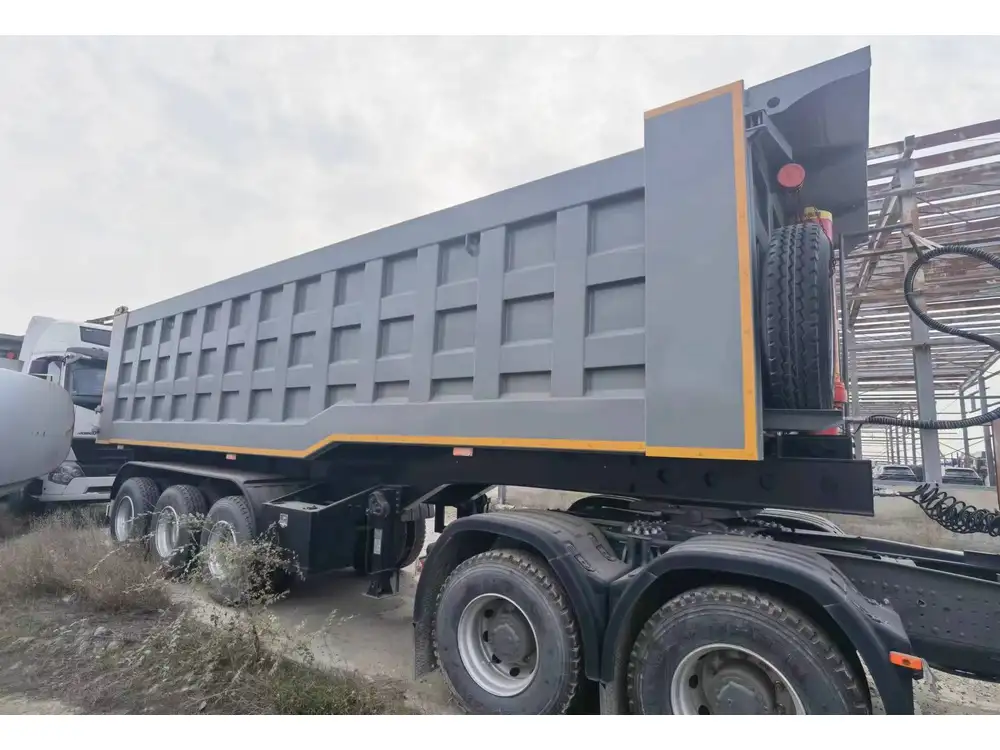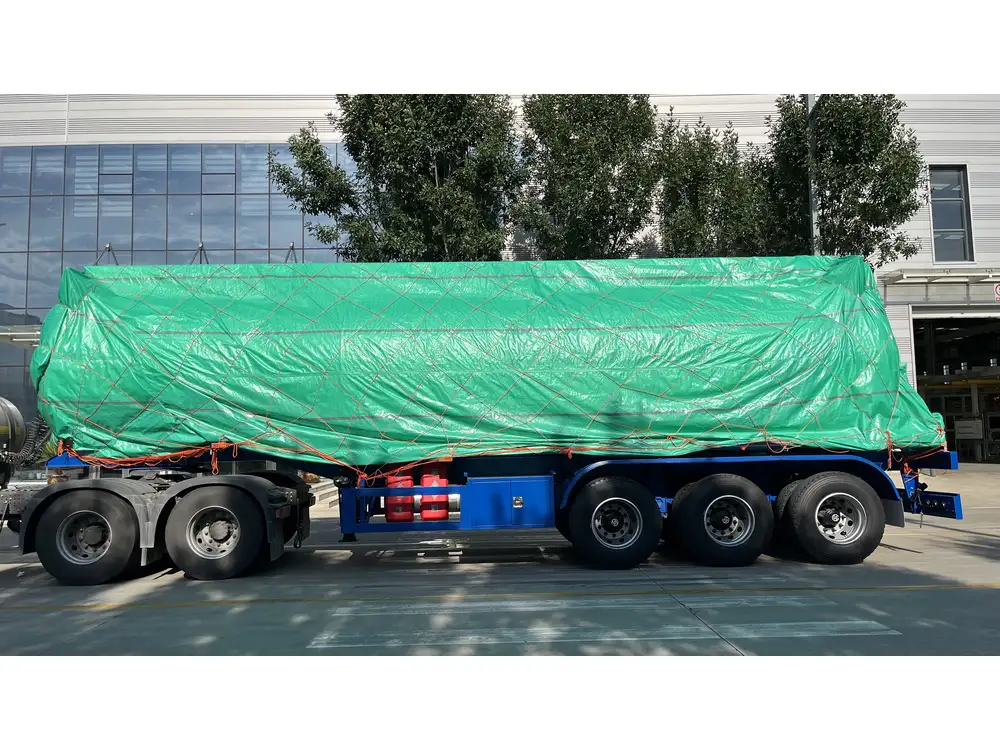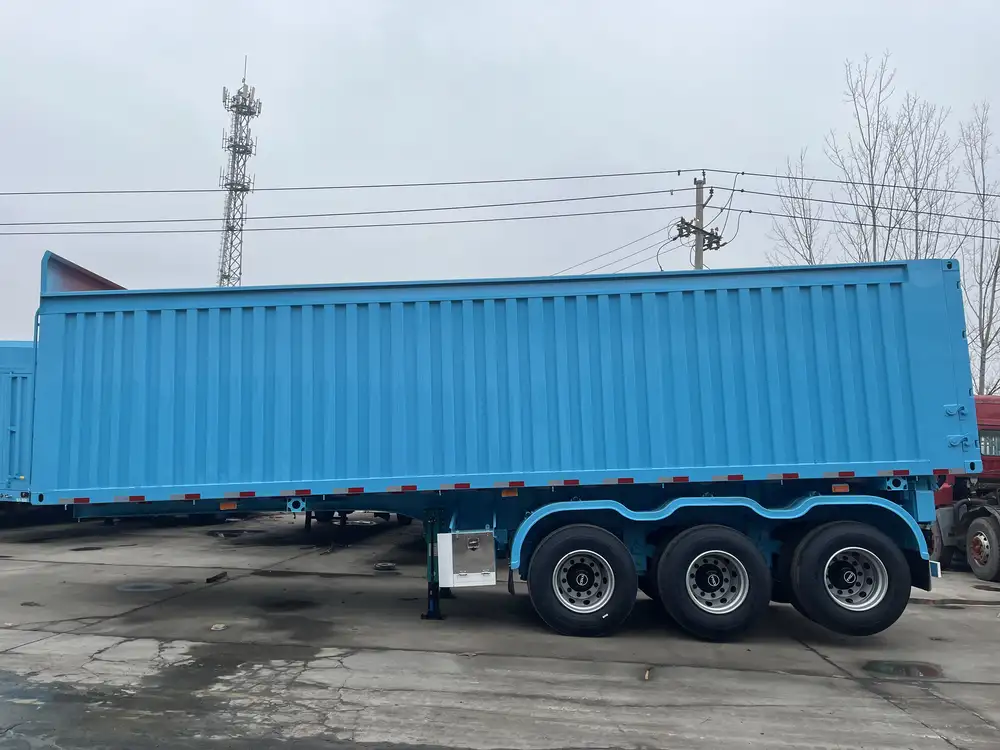Introduction to Model Semi Trucks and Gas Tank Trailers
In the world of transportation and logistics, the synergy between model semi trucks and gas tank trailers plays an integral role. These vehicles are essential for the efficient and safe transportation of liquid fuel across vast distances. As manufacturers, our focus is on ensuring that our models not only meet industry standards but also exceed customer expectations in terms of performance, safety, and reliability.
Understanding the Components of Semi Trucks and Gas Tank Trailers
When discussing model semi trucks with gas tank trailers, it’s essential to dissect the components involved. Let’s explore the primary parts that make these vehicles so vital.

1. The Semi Truck
The semi truck, often referred to as the tractor, serves as the powerhouse of the combination. Key attributes of the semi truck include:
| Feature | Description |
|---|---|
| Engine | Typically equipped with diesel engines for high torque and efficiency. |
| Transmission | Options range from manual to automatic, providing flexibility in driving. |
| Chassis | Designed for durability, with a focus on load-bearing capacity. |
| Cab Design | Ergonomically designed for driver comfort, improving long-haul performance. |
2. Gas Tank Trailer
The gas tank trailer, or fuel tanker, is crucial for the transport of liquid fuels. Here are its essential components:
| Feature | Description |
|---|---|
| Tank Material | Made from high-grade aluminum or steel for optimal durability. |
| Capacity | Ranges from 500 to 10,000 gallons, accommodating various needs. |
| Safety Systems | Equipped with multiple safety features, including overfill protection and vapor recovery systems. |
| Axle Configuration | Options vary to handle different load weights, enhancing stability. |
Advantages of Combining Model Semi Trucks with Gas Tank Trailers
The collaboration between semi trucks and gas tank trailers creates numerous advantages. These include:

Enhanced Fuel Efficiency
Using modern engines and aerodynamically designed trailers significantly reduces fuel consumption, leading to lower operational costs. Advanced fuel management systems further optimize usage.
Robust Safety Standards
Safety is paramount in transporting fuel. Our designs incorporate features like rollover protection, anti-lock braking systems, and bulkhead reinforcements to ensure integrity and safety on the road.
Versatility in Transportation
A model semi truck with a gas tank trailer isn’t limited to just gasoline; it can be adapted for carrying diesel, kerosene, and other liquid fuels, offering flexibility across various industries.

Compliance with Regulations
Adhering to stringent regulations is crucial. Our model semi trucks and gas tank trailers meet federal and state requirements, ensuring safe and legal transportation of hazardous materials.
User Considerations When Choosing Model Semi Trucks with Gas Tank Trailers
Choosing the right model semi truck and gas tank trailer requires careful consideration of various factors.
Key Questions to Guide Your Purchase
What is the primary fuel type you will be transporting?
- Understanding the requirements for gasoline, diesel, or alternative fuels helps in determining the necessary specifications for the trailer.
How often will the trailer be in use?
- Frequent users might opt for higher durability and added features, while occasional users may prioritize cost-effectiveness.
What is your route configuration?
- Assessing whether routes involve urban driving, highways, or off-road can influence the choice of truck and trailer.
What regulatory requirements must be fulfilled?
- Knowledge of local and federal laws concerning hazardous materials transportation is essential for compliance and safety.
What budget constraints must be addressed?
- Balancing quality against cost is key. Determine the total cost of ownership, including maintenance and operational costs.

Maintenance and Care for Model Semi Trucks with Gas Tank Trailers
Proper maintenance is vital to prolonging the lifespan of both the semi truck and gas tank trailer. Below are recommended practices:
Daily Checks
| Maintenance Task | Frequency | Importance |
|---|---|---|
| Visual inspections of the tank and truck | Daily | Early detection of leaks or damages |
| Tire pressure checks | Daily | Reduces blowout risks and ensures smooth operation |
| Fluid levels monitoring | Daily | Ensures optimal engine performance and longevity |
Scheduled Maintenance
| Task | Frequency | Importance |
|---|---|---|
| Engine oil changes | Every 5,000-7,000 miles | Maintains engine health |
| Brake system inspection | Every 10,000 miles | Ensures safety and effectiveness |
| Tire rotation | Every 6,000-8,000 miles | Prevents uneven wear and extends tire lifespan |

Emergency Preparedness
Equipping the semi truck and gas tank trailer with emergency kits is crucial. Each vehicle should have:
- Fire extinguishers
- Spill containment kits
- First-aid kits
- Safety cones and reflective triangles
Innovations and Technology in Model Semi Trucks with Gas Tank Trailers
Advanced Telematics
The integration of telematics allows fleet managers to monitor vehicle performance in real-time. Benefits include:
- GPS tracking: Optimizes routes and reduces fuel consumption.
- Maintenance alerts: Provides notifications for required services, reducing downtime.
- Driver behavior analysis: Enables training opportunities for more efficient driving practices.

Safety Enhancements
Recent advancements in vehicle safety technology have transformed gas tank trailer operations. Notable innovations include:
- Collision avoidance systems: Utilizing sensors to detect potential collisions and alert drivers.
- Lane-keeping assist: Enhances driver control, maintaining proper lane position.
- Blind-spot detection: Informs drivers of vehicles in their blind spots, crucial when making turns or lane changes.
Future Trends in the Semi-Truck and Gas Tank Trailer Industry
As the industry moves forward, it is crucial to stay informed about upcoming trends that may impact operations:
Electrification of Fleet
The transition towards electric semi trucks is gaining momentum. Expected benefits include:
- Reduced carbon footprint
- Lower operational costs due to fewer moving parts
- Quiet operation for urban deliveries

Hydrogen Fuel Cell Technology
An alternative to traditional fuel sources, hydrogen fuel cells are emerging:
- Beneficial for long-haul routes due to quick refueling
- Lower emissions compared to diesel-powered counterparts
Enhanced Driver Experience
Innovations aiming to improve driver comfort and safety are on the rise:
- Ergonomic cabin designs reducing fatigue
- Advanced seat technologies that provide better lumbar support
Conclusion
In essence, the intricate relationship between model semi trucks and gas tank trailers is a cornerstone of modern transportation. By understanding the components, advantages, considerations, maintenance, and emerging trends within the industry, users can make informed decisions that enhance operational efficiency and safety.
This comprehensive guide serves as a roadmap for manufacturers and operators in the quest for the ideal semi truck and gas tank trailer combination. As we continue to innovate and evolve with advancements in technology and safety, our commitment to delivering top-tier products remains unwavering. Take the next step in optimizing your fleet and ensuring that your logistics contribute positively to your operational goals.



